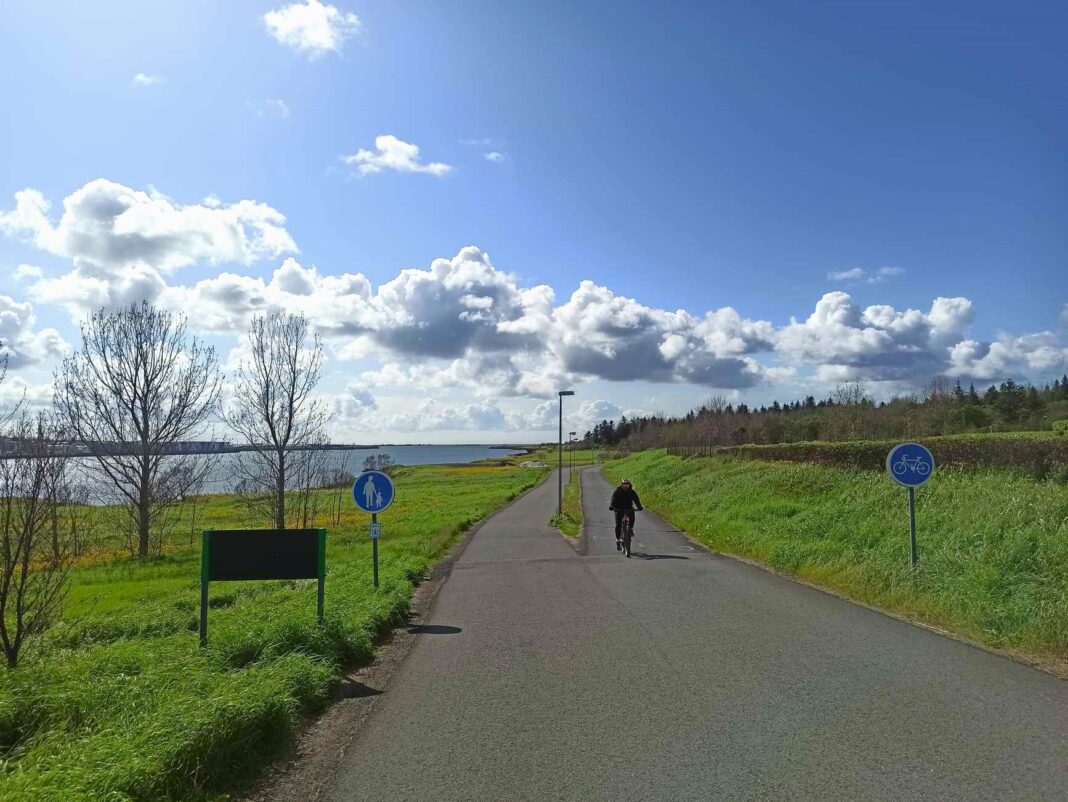In Reykjavik – the capital of Iceland and the northernmost capital in the world, high-quality bicycle infrastructure has been developed for some time. Thanks to the efforts of Paweł Bartoszek – a local politician originally from Poland, biking could soon become one of the main attractions drawing tourists to this chilly country.
Icelandic Surprise
What comes to mind when you think of Iceland? Glaciers, volcanoes, geysers, northern lights, breathtaking landscapes, and the vibrant nature of the polar regions. These unique attractions draw crowds from all over the world to Iceland. The streets of downtown Reykjavik are filled with a colorful mix of people from every continent.
But since my visit, Iceland for me is all about biking…
Why was I in Iceland?
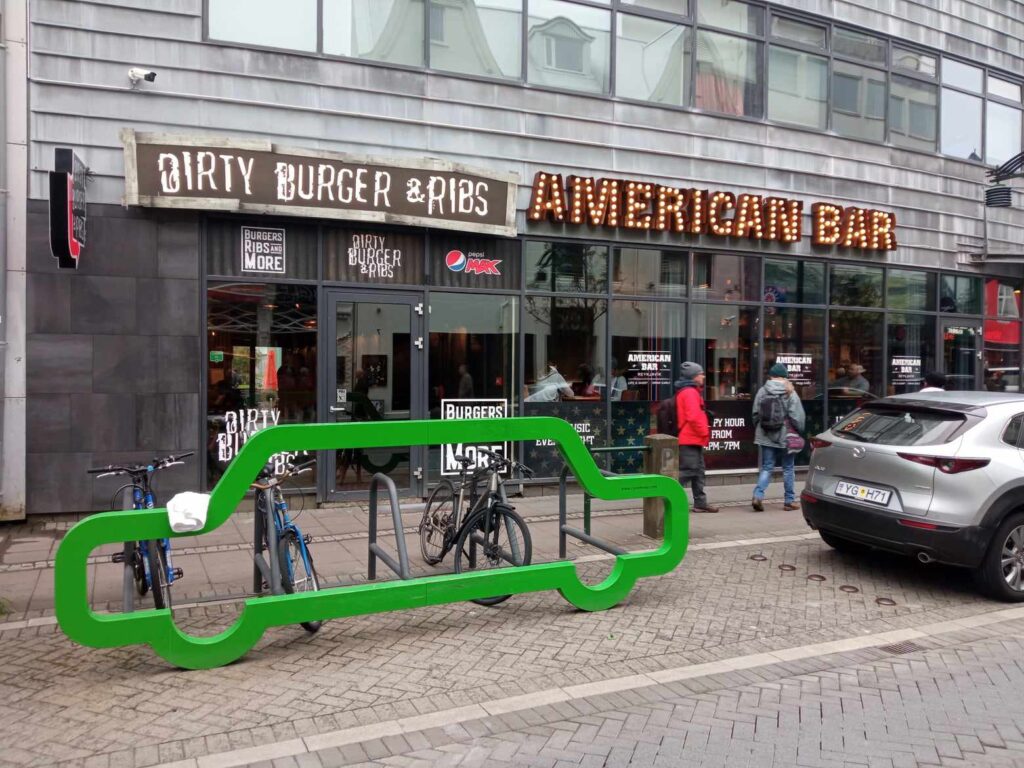

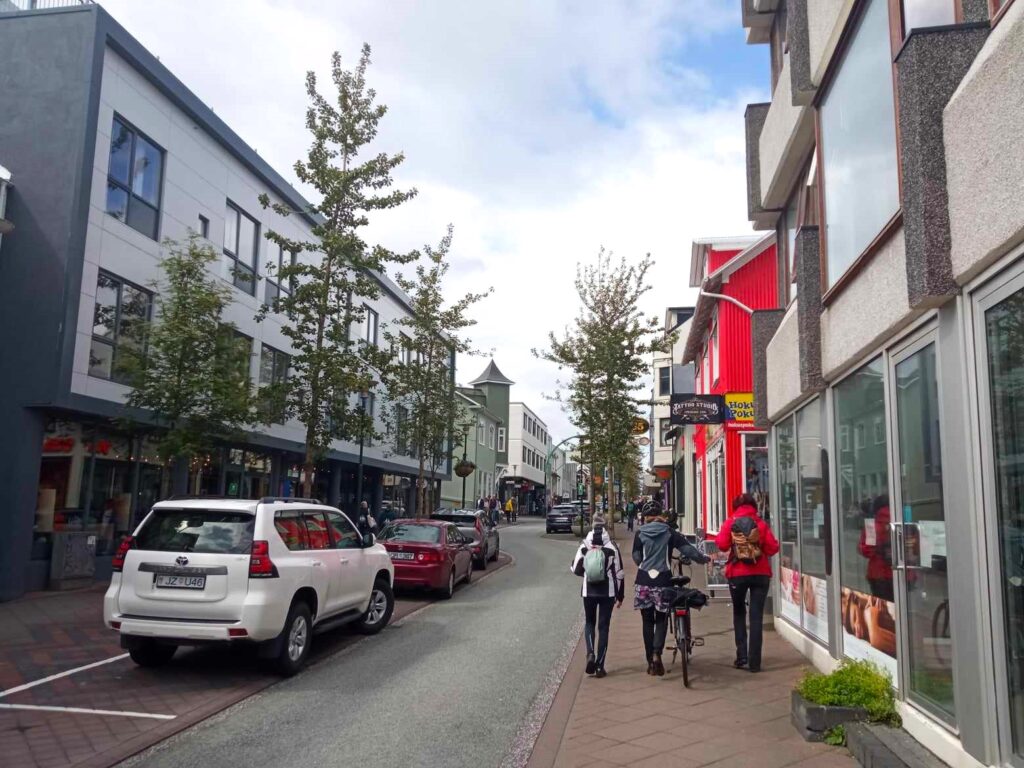
The Institute of Civic Affairs – is a non-governmental organization from Łódź, which has been actively working on a national scale for twenty years, advocating for an ecological economy, social health, and civic awareness. It’s also worth mentioning that “City in Motion” is financed by Liechtenstein, Norway, and specifically Iceland, through the EEA and Norwegian Funds as part of the Active Citizens – Regional Fund Program. Therefore, it’s no surprise that Iceland was chosen as a destination for such a journey.
A country crossed by the Arctic Circle, Iceland turned out to be a fascinating example of eco-friendly transport transformation.
Throughout the 20th century, its capital was built with a focus on personal car use. Reykjavik’s small old center and sprawling American-style suburbs cut by wide roads are its typical features.
However, Icelanders are increasingly looking to other Nordic countries for inspiration, rather than the USA. The most significant element of this cultural shift is a broad ecological and climate policy, including an approach to urban transport.
The Reykjavik agglomeration is changing its planning policy, limiting suburban sprawl and developing public transport, planning its own Bus Rapid Transit network.
See also: Bus Rapid Transit – better transport for the developing world
What surprised me the most was the well-developed system of high-quality bike paths, which I had the opportunity to test personally.
Biking Adventure
Our guide and caretaker during the stay was Auður Önnu Magnúsdóttir – a representative of Iceland’s largest ecological organization, Landvernd. One of the events she organized for us was a bike tour around the Reykjavik agglomeration.
A bike is the best tool for exploring an unfamiliar city. It allows easy veering off the beaten path while making it hard to miss the details and local “flavors” that a new place offers.
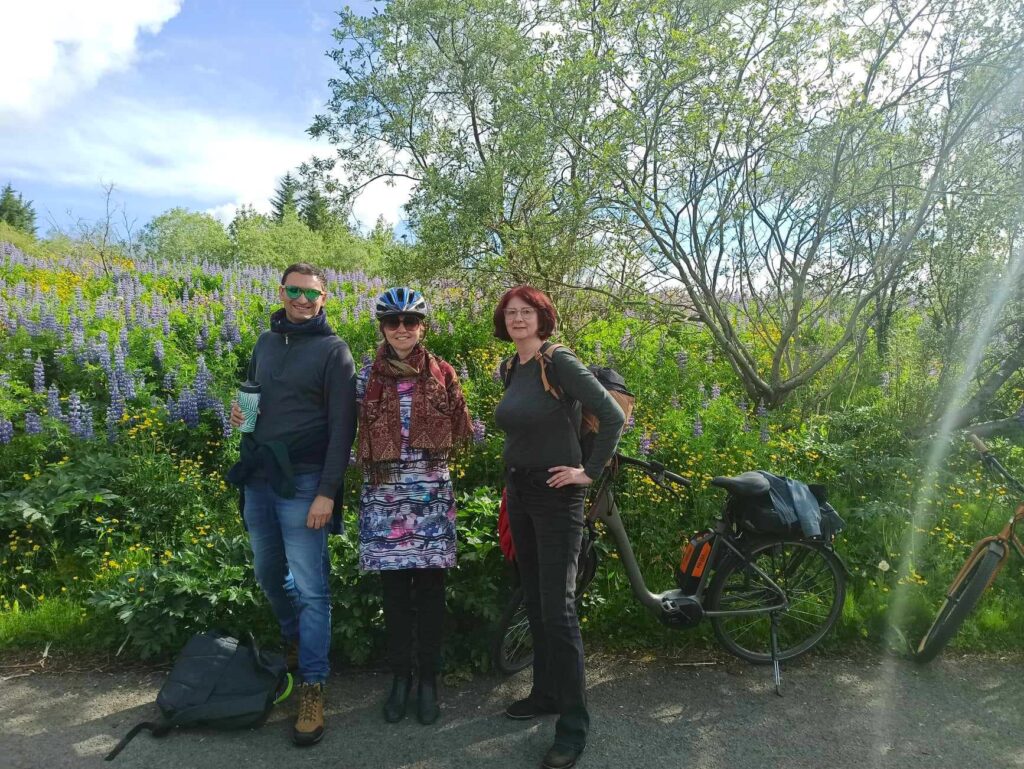
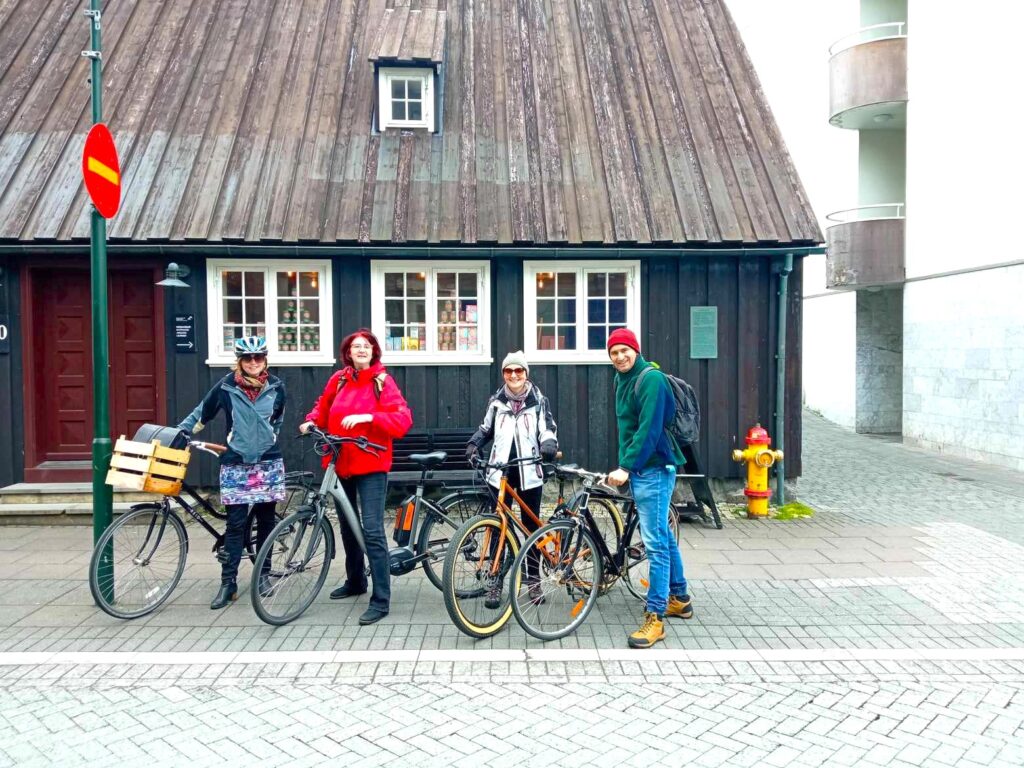
The ride was comfortable and safe. The entire old city center, with its calm traffic, is accessible to tourists and locals on bikes. The other districts, where wide, smooth asphalt bike paths run alongside major streets, are perfect for longer excursions.
Our tour fell into the latter category.
From charming downtown streets, we moved to a district of modern government buildings. We saw the university campus, next to which a water bird reserve is established, and then a bike path along the sea took us to the beach. We admired the Reykjavik residents’ resistance to cold – sunbathing in swimsuits despite temperatures being only a few degrees Celsius.
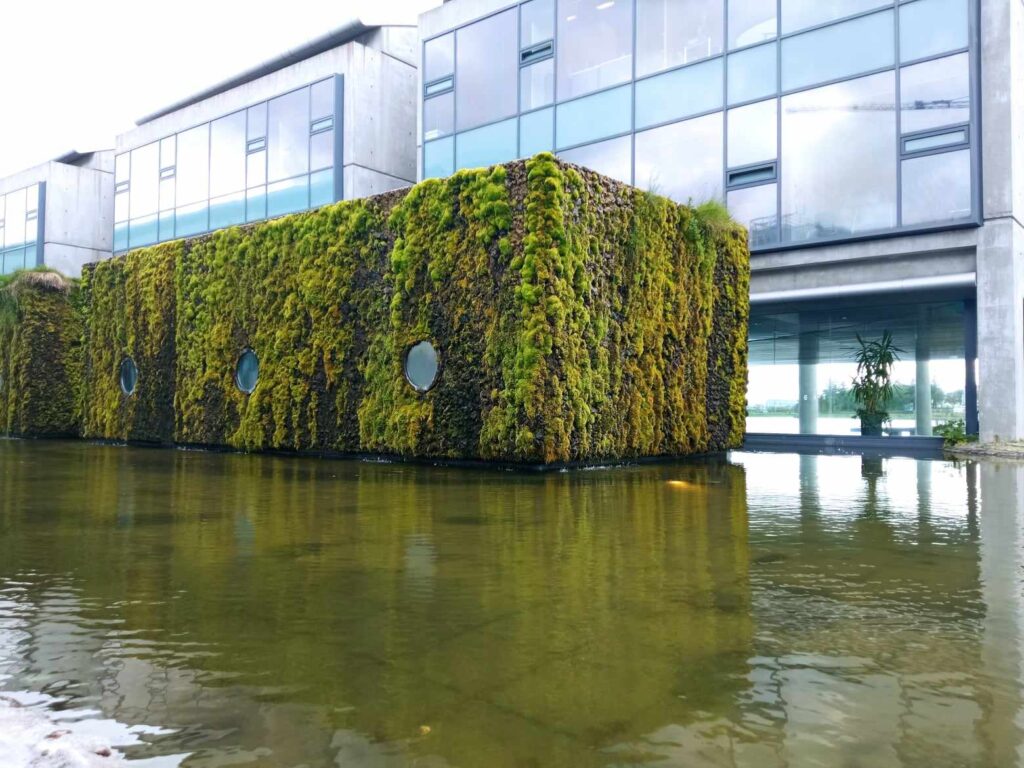
Government District – Innovative Urban Green Solutions
Here began the most interesting part of the trip – riding among dense forests and wide meadows. Nature here looks different from my area. The proximity to the Arctic Circle leaves its mark. Dwarfed trees bent by freezing winds, creeping pine – a climbing, coniferous shrub known in Poland only from higher mountain regions, rocks covered with mosses or lichens on slopes and hills – this is the harsh beauty of subarctic nature.
Yet, next to it – on the edge of the bike path, we could see many local varieties of wildflowers and blooming hawthorns, shimmering in the harsh sunlight of the short Icelandic summer. This richness of nature is due to Reykjavik’s location on the boundary of climatic zones.
The most amazing thing was that all of this was still within the city.
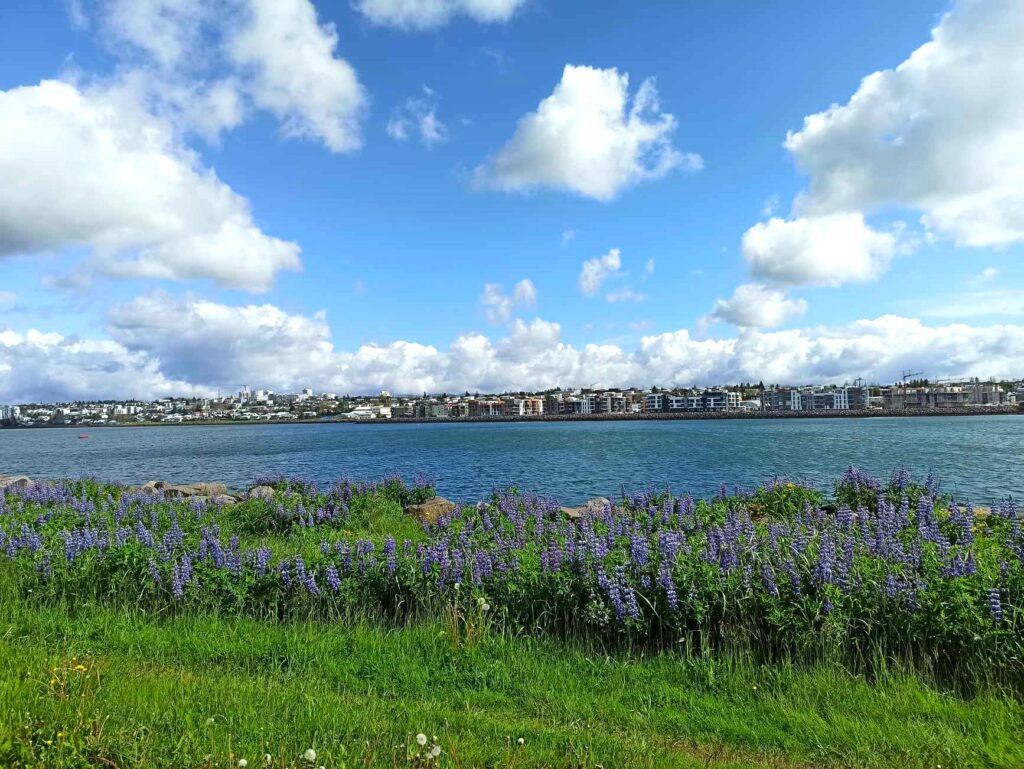
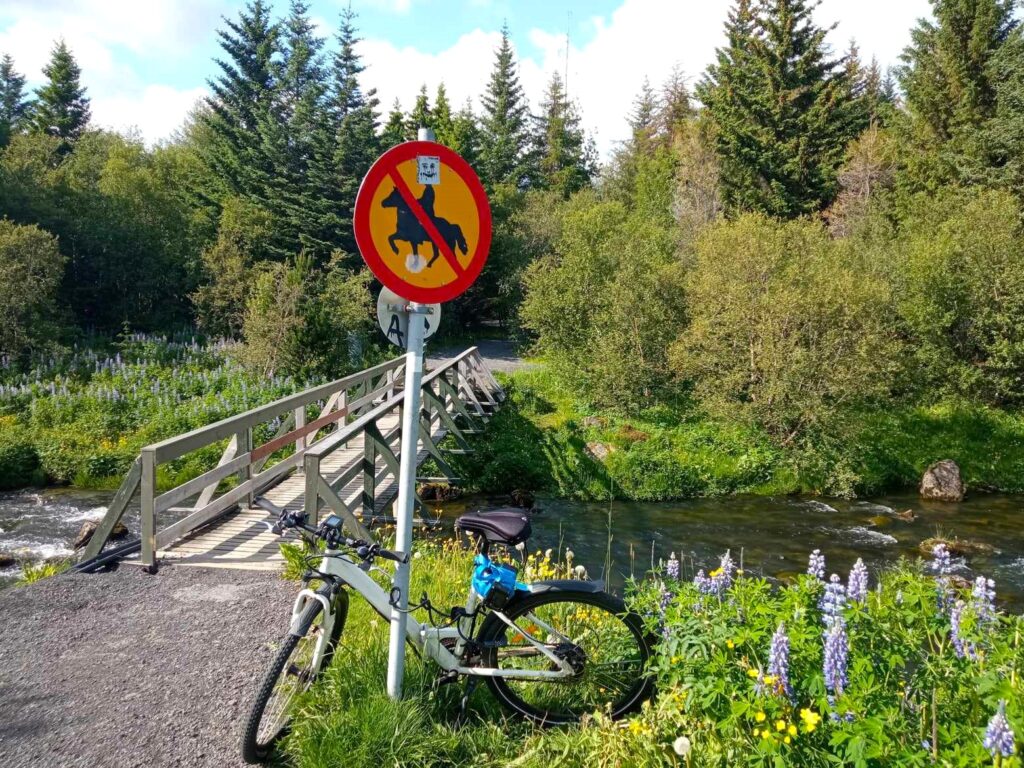
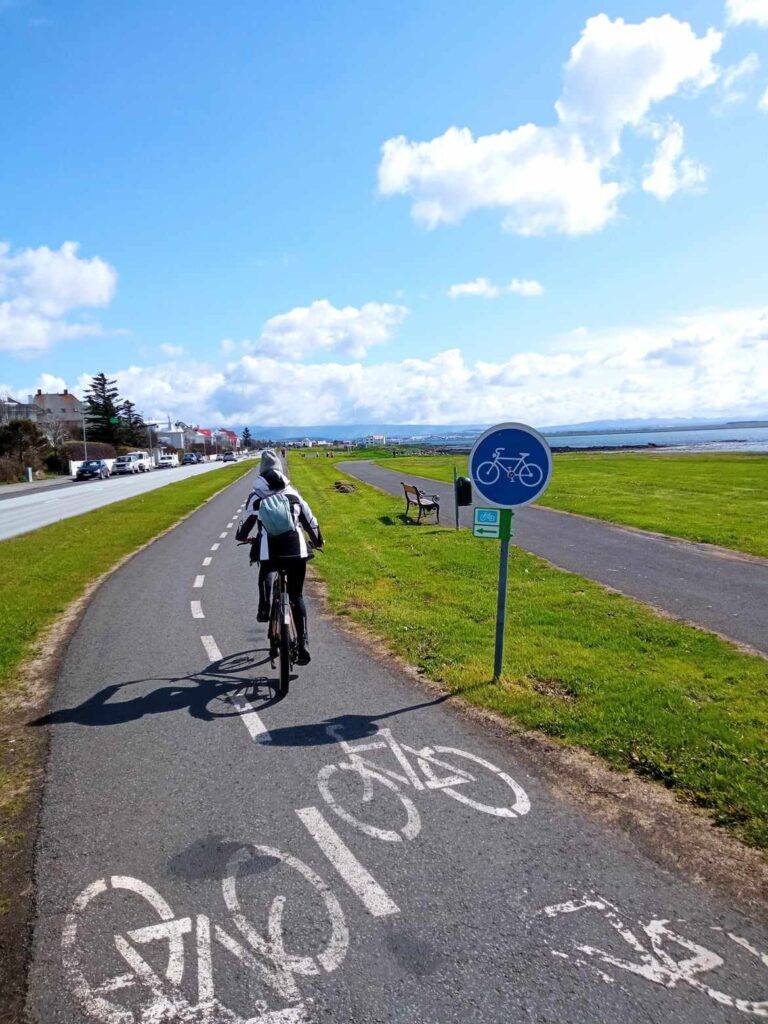
On the hills around the wide meadows, you could see houses and apartment buildings, the pine forest grew next to the local airport, separating it from the sea. As we rode through a picturesque valley with a clean, wild mountain stream and charming waterfalls at its bottom, above its densely vegetated slope, we could see… bus stops, located near a nearby street. If someone organized regular, commercial bike tours with a guide here, they could become a tourist hit.
Paweł Bartoszek’s Activities
Our caretaker, Auður, also organized meetings with people involved in transport and environmental issues.
It was incredibly enlightening to meet Paweł Bartoszek – the chairman of the spatial planning committee for the “Capital Area” or Reykjavik agglomeration. The above-mentioned changes in local spatial and transport policy are largely due to his efforts.
My compatriot doesn’t stop there. His next project is the “Green Path” – a bike trail that will soon enable comfortable travel around the outskirts of the “Capital Area”. The agglomeration is surrounded by nature on all sides. The sea extends from the west and north, while from the east and south, the “Green Scarf” – a cohesive belt of green areas protecting nature, simultaneously limits suburban sprawl.
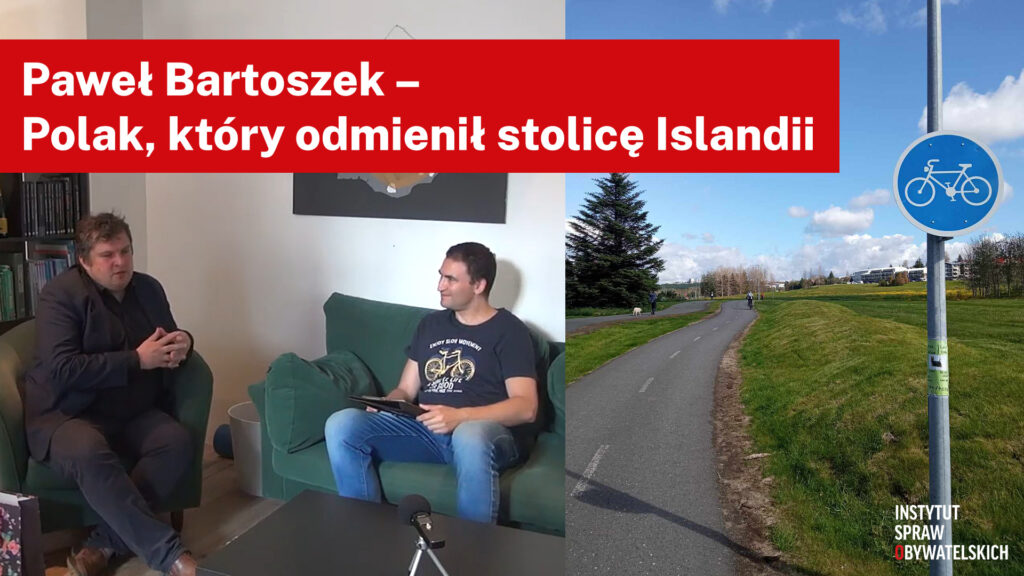
The bike path will make this fascinating area much more accessible to residents and tourists.
Paweł doesn’t stop there either; he has bold plans to create a bike path around the entire Iceland.
A great two-wheeled adventure where you can see glaciers, volcanoes, and geysers would be a real “lifetime adventure” and dream destination for many tourists worldwide.
In a country that owes much of its prosperity to tourists, such investments are very profitable. The fact that even a nation so dependent on cars is increasingly focusing on eco-friendly transport and tourism is hugely optimistic. Fingers crossed for biking Iceland!







